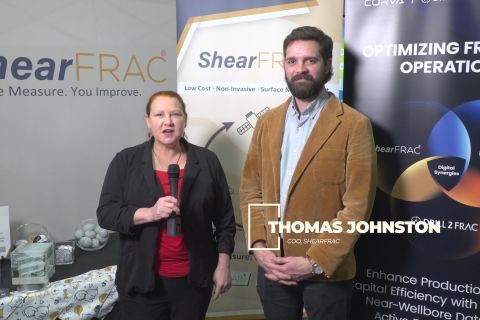MIDLAND, Texas — Bankers and money managers are trying to be as clear as possible with clients: returns rule and consolidation is inevitable.
If one of the main points of a Nov. 16 panel at Hart Energy’s Executive Oil Conference and Exhibition could be consolidated into one word it would be—consolidation.
“We’ve been pounding the table, not just as bankers but just as folks looking across the sector saying, ‘Look, all your clients are ultimately going to consolidate,’” said Austin Harbour, managing director of energy and power at Piper Sandler.
Speaking at a panel at Hart Energy’s Executive Oil Conference and Exhibition, Harbour said oil and gas companies are returning to a business model mindset. M&A’s benefit is scale, which opens the door to “cheaper and more efficient forms of capital.”
Fellow panelist Sonu Johl, managing director co-host of E&P investment banking at Raymond James, said there is a “recognition that these companies are going to be inquisitive [about consolidation] because you have to be doing acquisitions or you’re going to disappear.”
The momentum is building toward greater consolidation, even as oil and gas companies are locked into fiscal discipline and capital returns to investors that has some investors migrating back to the space.
Investors’ are continuing to demand regular payouts given the cyclical nature of the hydrocarbon business, which can see prices move in strange ways, often without warning. For every run on oil caused by a geopolitical event like the Russian invasion of Ukraine, there’s a corresponding calamity like the COVID-19 pandemic that literally drove prices into negative territory.
“The reason why they’re forcing the dividend is there are just so many variables out there,” Johl said. “Investors are still cautious about how they are going to get that total return, and right now they’re saying they want it all in yield. … Eventually, investors are going to get comfortable with the space again and they’ll say, ‘OK, I’ll take part of my return in growth and part of my return in yield.’ We’re not quite there yet.”
Harbour said investors are looking at relative trade, and energy is no longer a big enough piece of the S&P 500 for investors to build portfolios around; hence the emphasis on returns.
Ann Rhoads, managing director at Gulf Capital Bank, said distributions have even made their way into bank deals with small E&Ps.
“Five years ago, you probably wouldn’t have seen that many deals that allowed for distributions and now you’re seeing them allow for distributions provided that leverage is less than one time, and that they have at least 25% of the availability underneath their borrowing base,” she said.
Michael Bodino, managing director of energy investment banking at Texas Capital, said even private equity firms are seeing demand for distributions.
“They’ve all got the mindset now of return to capital,” he said. “It’s important to the private equity folks to return capital to the LPs even in advance of raising new funds.”
Dividends are important, but Hess Corp, which Chevron announced it would acquire in October, stands out as a company that made itself attractive by mastering the business fundamentals.
“Hess, from a valuation standpoint traded at one of the best multiples out of any of the companies in the E&P space,” Johl said. “A lot of that had to do with the fact that they had the best organic growth story. You have this yield that investors only want—yield or only want stock—yet Hess is the best valued stock out there.”
Harbour said other companies will likely feel the need to grow.
“If we’re going to get to 13, 14, 15 MMbbl/d, which a lot of people think we will, we’re going to have to add more people, we’re going to have to add more equipment, we’re going to have to add more infrastructure,” he said. “At some point the market is going to have to open up and enable companies to grow.”
Recommended Reading
Well Logging Could Get a Makeover
2024-02-27 - Aramco’s KASHF robot, expected to deploy in 2025, will be able to operate in both vertical and horizontal segments of wellbores.
ShearFRAC, Drill2Frac, Corva Collaborating on Fracs
2024-03-05 - Collaboration aims to standardize decision-making for frac operations.
E&P Highlights: March 11, 2024
2024-03-11 - Here’s a roundup of the latest E&P headlines, including a new bid round offshore Bangladesh and new contract awards.
Tech Trends: SLB's Autonomous Tech Used for Drilling Operations
2024-02-06 - SLB says autonomous drilling operations increased ROP at a deepwater field offshore Brazil by 60% over the course of a five-well program.
Tech Trends: Halliburton’s Carbon Capturing Cement Solution
2024-02-20 - Halliburton’s new CorrosaLock cement solution provides chemical resistance to CO2 and minimizes the impact of cyclic loading on the cement barrier.





